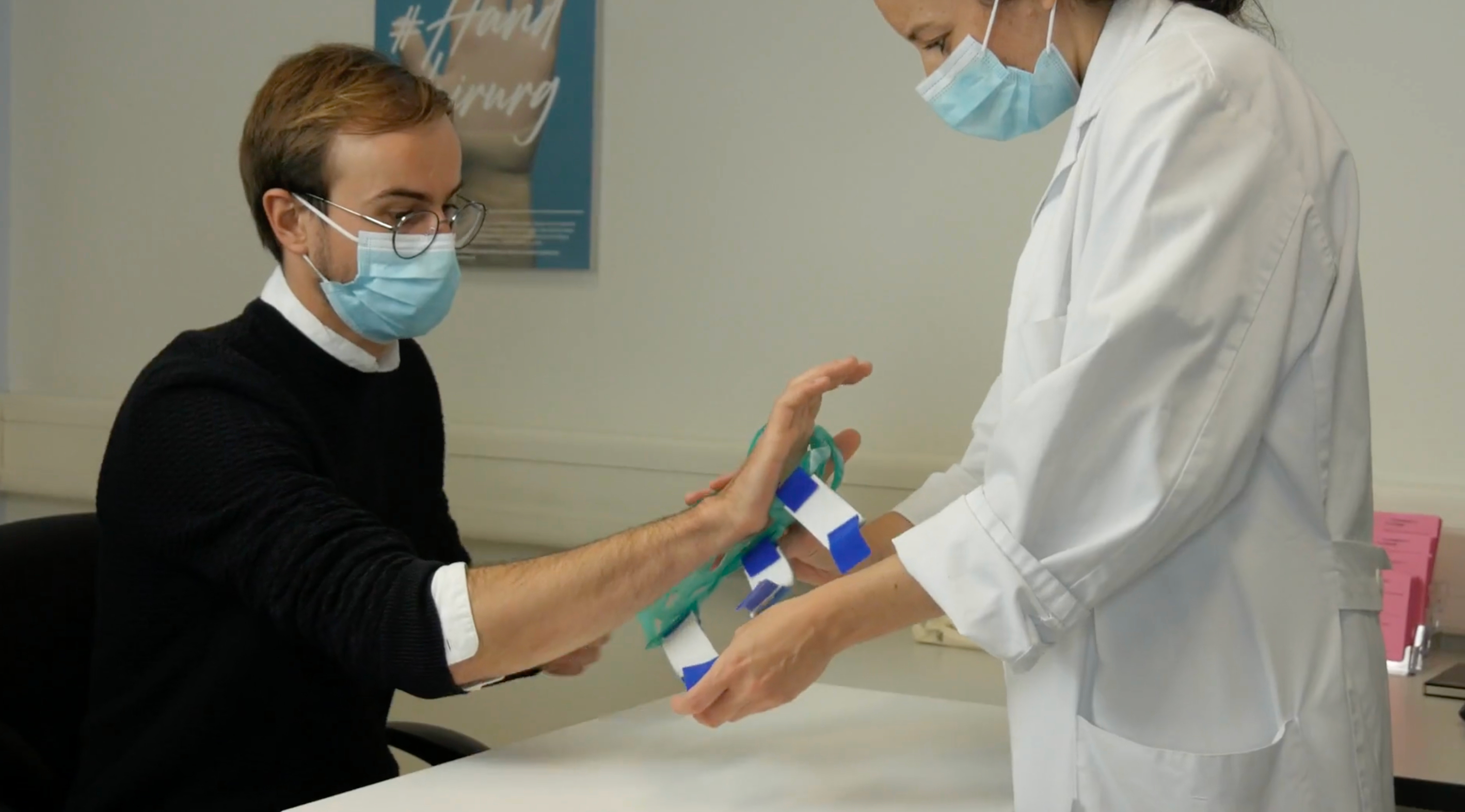Discover digital O&P resources
Explore our informative blog posts, resource articles, and updates on digitalization in orthotics and prosthetics.

Thank you! Your submission has been received!
Oops! Something went wrong while submitting the form.
Discover our resources
Explore our collection of informative and helpful resources.

White paper
The Spentys Pediatric Articulated AFO

Patient success stories
Using 3d technology to get Alexander back to kitesurfing

White paper
The Spentys Supra Malleolar Orthosis SMO

White paper
The Spentys Pediatric Static AFO

Catalog
Spentys Catalogue

Customer success stories
Spentys partners with CHU Liège to improve stroke rehab

Customer success stories
Case study: Spentys and CombScan

White paper
Introduction to 3D technology in O&P

White paper
Explore the Spentys Workflow

White paper
Digitalization in O&P: Navigating the Future

Customer success stories
Case study: Spentys and Zayed Higher Organisation

Customer success stories
Case study: Spentys and Tel Aviv Sourasky Medical Center

Customer success stories
Case study: Spentys and Sint-Maartenskliniek

Customer success stories
Case study: Spentys and Bionic

White paper
Case study: Spentys and HP

Patient success stories
Boosting patient satisfaction with pediatric AFOs

Customer success stories
3D printing at the point-of-care | Kantonsspital Baselland

White paper
3D Scanning for Orthopedic Technicians

White paper
3D Printing for Orthopedic Technicians

Application note
3D printed orthotics for CMC injuries

White paper
3D Modeling for Orthopedic Technicians

Blog
Spentys and atum3D partner up to introduce point-of-care 3D printing of immobilizers in hospitals
Spentys, a Belgium software company enabling mass-customization of orthopedic devices and atum3D, a Dutch company that connects digital light processing (DLP) technology to cost-effective, high-quality serial manufacturing capabilities are partnering to introduce 3D technology into the emergency room of hospitals.

Blog
Prevalent sport orthoses
According to sources examining incidence rate, such as ‘VeiligheidNL’, an estimated two injuries occur over the cause of a thousand hours’ sports practice. This seems reasonable, but adding these numbers leads to 3.7 million injuries on a yearly base for the Netherlands. With almost half of these injuries requiring intensive treatment, it almost becomes contra-intuitive to conclude that the costs outweigh the benefits. This article will provide an overview of the most prevalent injuries in sports, benefitting from orthosis implementation in treatment.

Blog
Traditional vs. 3D printed AFOs: what do patients say?
Are patients satisfied with the 3D printed AFOs? How do they compared them to traditional orthoses? We took a look at what studies say!

Blog
You broke your wrist: a guideline before your doctor's appointment
Approximately 1,5% of all visits to the emergency department are due to hand and/or forearm fractures, most of which are radius and/or ulna fractures (44%). The majority (47%) of these hand and/or forearm fractures are caused by accidental falls. Since these fractures can happen anywhere (at home, in the street, at school…), it is good to know which measures you can take before you meet with your doctor.

Blog
The manufacturing process of ankle-foot orthosis: traditional vs. 3D printed
We put the traditional clinical practice of making AFOs side by side with the 3D digital workflow. We compared the time, flow, materials, and tools used in both processes, as well as what each of them mean for your practice.

Blog
The journey to your personalised 3D printed cast
Spentys wants to engage in the medical world, especially in orthopedics. By promoting and utilizing the additive manufacturing technique of 3D printing, many collaborations can be settled as the demand for personalized healthcare is increasing. Together with medical experts, Spentys can accommodate the specific needs of customized healthcare and provide multiple solutions.

Blog
Regulatory issues and challenges for 3D-printed medical devices
3D printing, a type of additive manufacturing, has been on the rise in the medical world. The process of creating a three-dimensional item by constructing successive layers of raw material has already proven its purpose in orthopedic surgery and related fields in the last 10 years.
.jpeg)
Blog
The implications of the new MDR: the three most prominent changes that will affect orthopaedic technicians
Here is a quick introduction to everything you need to know about the new MDR.

Blog
The difficulties of implementing 3D technologies in medical institutions
Similar to other technologies that have dramatically influenced the medicine world, such as X-Ray Imaging or the Medical Thermometer, 3D printing has the potential to significantly improve upon the current medical standards. Although this technology has started being used around 20 years ago in procedures such as anatomical modeling for bony reconstructive surgery planning or joint replacement and craniomaxillofacial reconstruction, today’s hospitals are still somewhat reluctant in adopting this innovative technology.

Blog
Horizon 2020 project: Spentys and Create it REAL partner to accelerate the implementation of 3D printing facilities at orthopaedic providers.
Create it REAL, a Danish 3D printing technologies company and Spentys, a Belgium company enabling mass tailor-made orthopedic devices join forces to accelerate 3D printing adoption at Certified Prosthetists and Orthotists (CPO’s) through a new partnership.
.jpeg)
Blog
The 5 questions we were asked most during OT World 2020.
3D technologies have allowed the Ortho-Lotz team to save time, gain in precision and consequently accelerate and improve workshop operations for pedorthists.

Blog
3D customised immobilisation devices and their benefits in the rehabilitation process
After a surgical intervention or severe sports injury, a patient should initiate the rehabilitation process as early as practicable. Because the use of orthoses is inevitable in most cases, Spentys wants to highlight the importance of such orthopedic medical devices and more particularly the 3D printed ones. The following article will be focused on underlining the benefits of 3D printed orthopedic devices, with an emphasis on sports injuries.

Blog
Spentys and Arize by HP partner to expand digital solutions to Orthotics and Prosthetics market in the US
Spentys, a provider of a comprehensive, efficient, and clinically validated scanning, modeling, and 3D printing software platform, is excited to announce a partnership with Arize by HP. The partnership aims to enable more healthcare providers to create high-quality, patient-specific orthoses in a streamlined, digital workflow.

Blog
Orthopedics and technology, a bright future or a gloomy one?
Orthopedics is a medical specialty that annually generates billions of dollars. From diagnosis to surgery, medical experts try to solve all healthcare issues. As orthopedic injuries rise in our medicalized society, so does the emergence of new advanced technologies for specific treatments. These two features will drive the growth of the orthopedic devices industry.

Blog
Kantonsspital Baselland and Spentys partner up for a clinical study
Together with the 3D-print lab at the University Hospital Basel (Lead: Dr. Florian Thieringer), Dr. Philipp Honigmann introduced 3D-inhouse printing at the Kantonsspital Baselland. Inside, various 3D printed medical devices are manufactured to assist the medical staff in their daily tasks. Among these devices, we will highlight the use of 3D printed orthotics for the upper extremity.

Blog
Is it the right time to invest in 3D technologies for your orthopaedic practice?
Is it the right timing to invest in a 3D printer? We help you find out the answer.
.png)
Blog
Is 3D Technology the Future? Or Today's Reality?
In this webinar, Bryan and Sagar explore how adopting digital technology in orthotics and prosthetics(O&P) is the future and will ultimately lead to more efficient and cost-effective processes.
.jpeg)
Blog
Increasing compliance with 3D-printed AFOs for relapsed club foot
Nambi was starting to outgrow her Cunningham brace (a type of AFO) and she was facing a relapse. So Nambi’s mom spoke with medical professionals about a non-invasive way to further improve her mobility following Nambi’s fourth tenotomy. All while allowing her to maintain her active lifestyle. The solution? 3D-printed AFOs.

Blog
How to make your work environment COVID-19 proof
We want to help independent healthcare workers (physiotherapists, orthopaedic technologists, etc.) to start treating their patients again while ensuring a safe (COVID-19 free) work environment.
.jpeg)
Blog
How Ortho-Lotz is using 3D technologies for the manufacturing of custom-made orthopaedic shoes.
3D technologies have allowed the Ortho-Lotz team to save time, gain in precision and consequently accelerate and improve workshop operations for pedorthists.

Blog
How do I choose the right 3D scanner for my O&P practice?
Everything you need to know about finding the right 3D scanner for your orthopaedic practice.

Blog
Finding the best 3D Printer for Orthotics and Prosthetics
Here is a quick introduction to everything you need to know about 3D printing.

Blog
Clinical application and customization of a 3D-printed static ankle-foot orthosis
This application note goes beyond the basics, offering an in-depth exploration of advanced techniques and nuanced customization strategies. By delving into the intricacies of this AFO variant, orthotists can refine their skills and expand their understanding, ultimately leading to more tailored and effective treatments. This application note is a valuable resource, equipping experts with the insights needed to elevate their practice further and provide top-notch patient care.

Blog
Complications of a traditional cast
Casting is an immobilisation procedure that is often applied for closed, reduced or non-displaced fractures. Immobilisation is useful for various reasons: it keeps the bone in the right position, protects the surrounding structures from injury and reduces pain.

Blog
Feasibility study shows Point-of-Care 3D-printed orthotics are efficient
Last year, we did a study in collaboration with Tel Aviv Medical Center focused on 3D-printed casts for non-displaced wrist and hand fractures. The study showed that point-of-care 3D printing for orthotics is not only feasible but is also efficient. It also confirmed that this approach brings great benefits for medical staff and their patients.

Blog
Common Immobilization Injuries | Syndromes & Specific Diseases
An orthosis increases the freedom of movement and independence due to its supportive function and conducive effect on health, but for what pathological target groups might this be applicable? The second article in this series will introduce the orthopedic problems arising from syndromes and specific diseases.

Blog
Common Immobilization Injuries | Neurological & Muscular Diseases
An orthosis increases the freedom of movement and independence due to its supportive function and conducive effect on health, but for what pathological target groups might this be applicable? The third article in this series will cover the most frequently occurring muscle disorders and the muscle-controlling nerve diseases, the neuromuscular system.

Blog
A new innovative technology that could change the way to treat Positional Plagiocephaly.
Plagiocephaly translates to “flat head” syndrome in Greek and is also known as benign positional moulding, positional plagiocephaly, occipital plagiocephaly or plagiocephaly without synostosis. It is a deformation of the skull observed with children at a very young age and is known to be one of the most common cranial deformities in infancy. “Plagiocephaly”, can be used to describe asymmetric head shapes resulting from both synostotic and non-synostotic causes.

Blog
A hybrid approach to the adoption of 3D technology in prosthetics and orthotics
The use of 3D printing and the hybrid approach is expected to have a significant impact on the future of prosthetics and orthotics. Read more about it in this blog article.

Blog
Common Immobilization Injuries
An orthosis increases the freedom of movement and independence due to its supportive function and conducive effect on health, but for what pathological target groups might this be applicable? In this series of articles, Spentys offers an introduction to common injuries utilizing the correcting, easing or immobilizing characteristics of externally applied medical devices.

Blog
3D technology building the future of orthopedics at Kantonsspital Baselland
Research is fundamental to the development of orthopaedics and Spentys' work. Here is an overview of three studies we have supported so far.

Blog
3D modelling orthotics; biggest bottleneck or opportunity?
Here is a quick introduction to everything you need to know about 3D modelling.




































.png)

.png)









